
Renting a Motorcycle in Japan: Complete Guide [+ Best Shop]
left for contents
Riding a motorcycle in Japan is a sublime experience.
But renting a motorcycle in Japan? Not easy for a foreigner to navigate.
Japan is very… Japanese. Without knowledge of their very different language and culture, it’s hard to feel confident renting a motorcycle. Which are the best motorcycle rental shops in Japan? What paperwork do you need to rent a motorcycle in Japan? What’s the ideal bike to rent for Japanese roads?
These are not easy questions to answer. However, I’ve done the hard work of figuring them out first hand so that you can read this article and enjoy your trip.
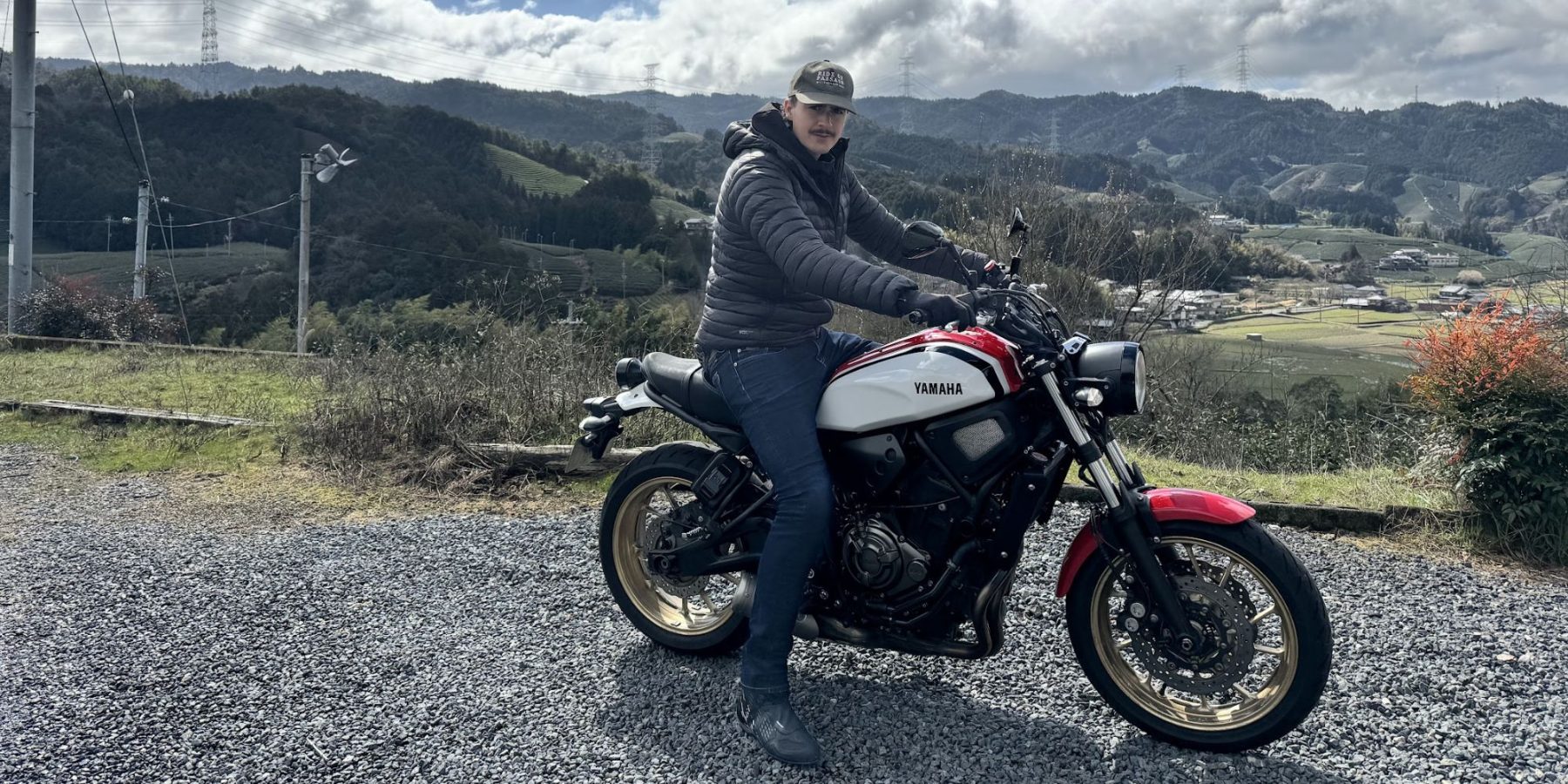
Tap the Contents button or swipe left / click the button above to see the table of contents and everything I’ll go through in this guide to renting a motorcycle in Japan.
Also, I’m working on a comprehensive guide to riding a motorcycle in Japan, including pre-planned routes, packing guidance, and rental deals – if you’re interested, let me know on the page below.
Best Motorcycle Rental Shops in Japan
My favorite rental shop in Japan is Rental819 (language switcher at the top right!)
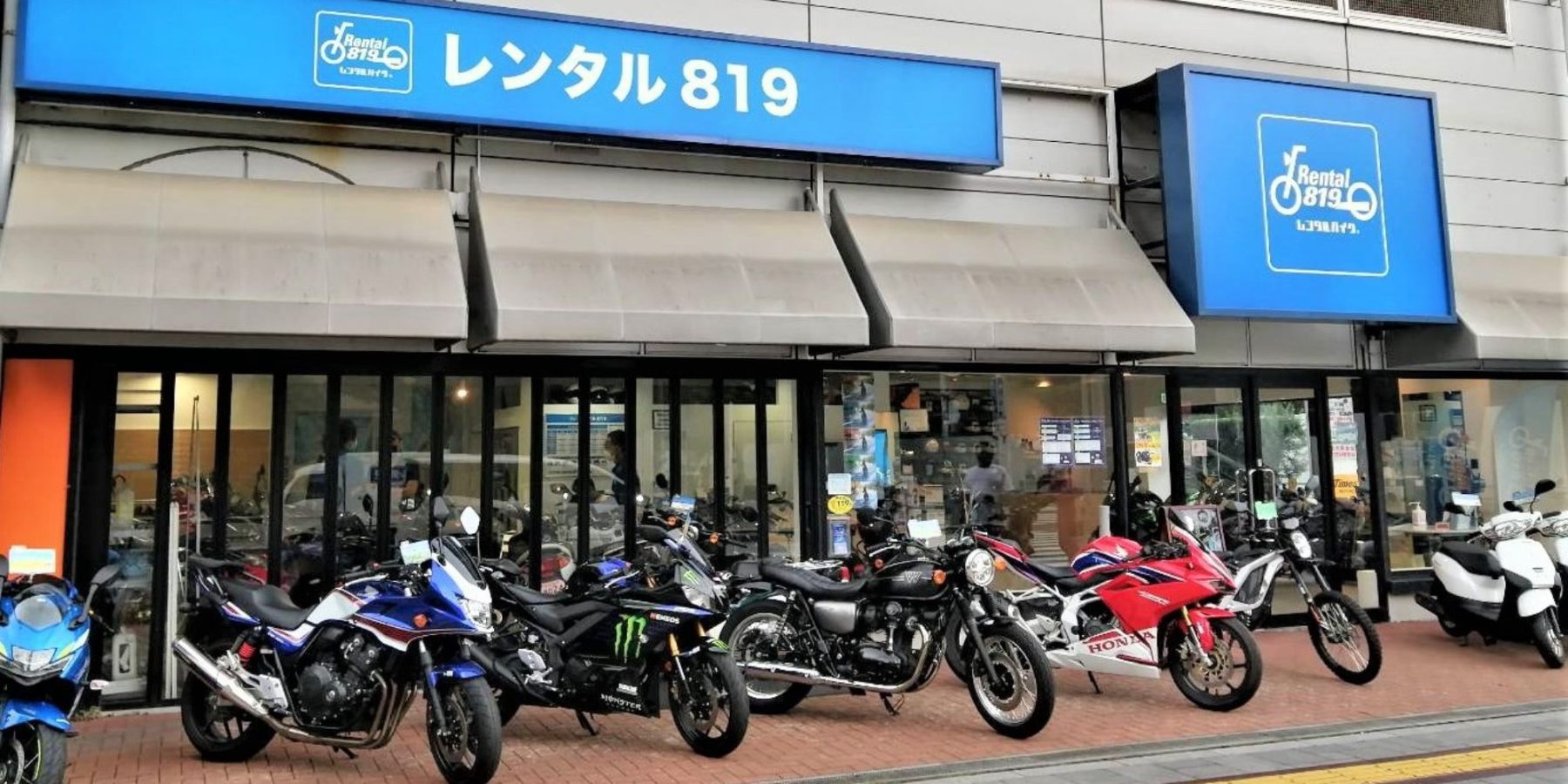
Why them?
Rental819 is highly regarded as one of the best motorcycle rental companies in Japan with over 100 branches across the country, and multiple in major cities like Tokyo, Osaka and Kyoto. They have hundreds of models of motorcycles for rent from 50cc scooters all the way up to multiple-liter Honda Goldwings and Harleys, and everything in between in every class (including dual-sport).
Here are a couple reasons I always go with Rental819:
- Easy online reservations with no money down: You can place reservations online up to 4 months in advance without even putting a credit card in their system.
- Cancellation up to 1 day before: They will let you cancel up to 1 day before pickup, in case the weather is worse than you hoped for your ride. Rain is frequent in Japan, but it’s usually predictable several days out so you can cancel your reservation or modify your plan if needed. Rental819 makes that super easy and painless.
- Easy rental process: Every time I’ve rented from Rental819 I am in and out in 15 minutes flat. They are professional, detailed, and quick.
- English proficiency: Many of their shops have English speakers working there, but you can also communicate with their central booking team via email for very accurate English speaking team members. Email them at [email protected] to reach English-speaking staff who can answer your questions about bike and gear availability at different locations, rental process, documents needed and more.
- Quality bikes: Every bike I’ve rented from Rental819 was in great condition, with low KMs on the clock.
One thing to note about Rental819 is they do not offer one-way rentals where you pick up at one shop and drop off at another. All rentals must be returned at the same shop as pickup. This is because Rental819 shops are franchised, and each has a specific set of motorcycles they rent. For point to point rentals, try a smaller shop like Bike Rental Japan (mentioned below).
EagleRider is also available in Japan, so if that’s your preference you can book with them using the widget below. I’ve looked around a bit on their site and their prices are generally higher than Rental819, but if you trust them or have a deal with them, it could be worth it for you.
I recommend making a reservation for a rental in Japan. Many rental shops are actually dealers that have a few bikes set aside for rent, so showing up and expecting to rent a specific bike might not work out as expected.
Many bike rental shops have generous cancellation policies as well, requiring no money up-front to make the reservation and allowing for cancellation in case a typhoon or storm is suddenly expected during your rental period. With Rental819 you can cancel the day before, no questions asked and no money lost.
Motorcycle Rental Tokyo

If you’re planning to rent out of Tokyo, you have plenty of options for shops. However, if you plan to ride straight out of Tokyo, choose a shop on the outskirts or one that’s close to an expressway entrance. You don’t want to spend half your day getting through Tokyo traffic.
That said, Rental819 is the way to go in Tokyo. I’ve rented from their Odaiba location and got right on the expressway and out of town towards the Izu Peninsula. Rental819 has 30+ branches in Tokyo – pick the one that suits you and you’re on your way. They’re all on Google Maps if you search Rental819.
Motorcycle Rental Osaka
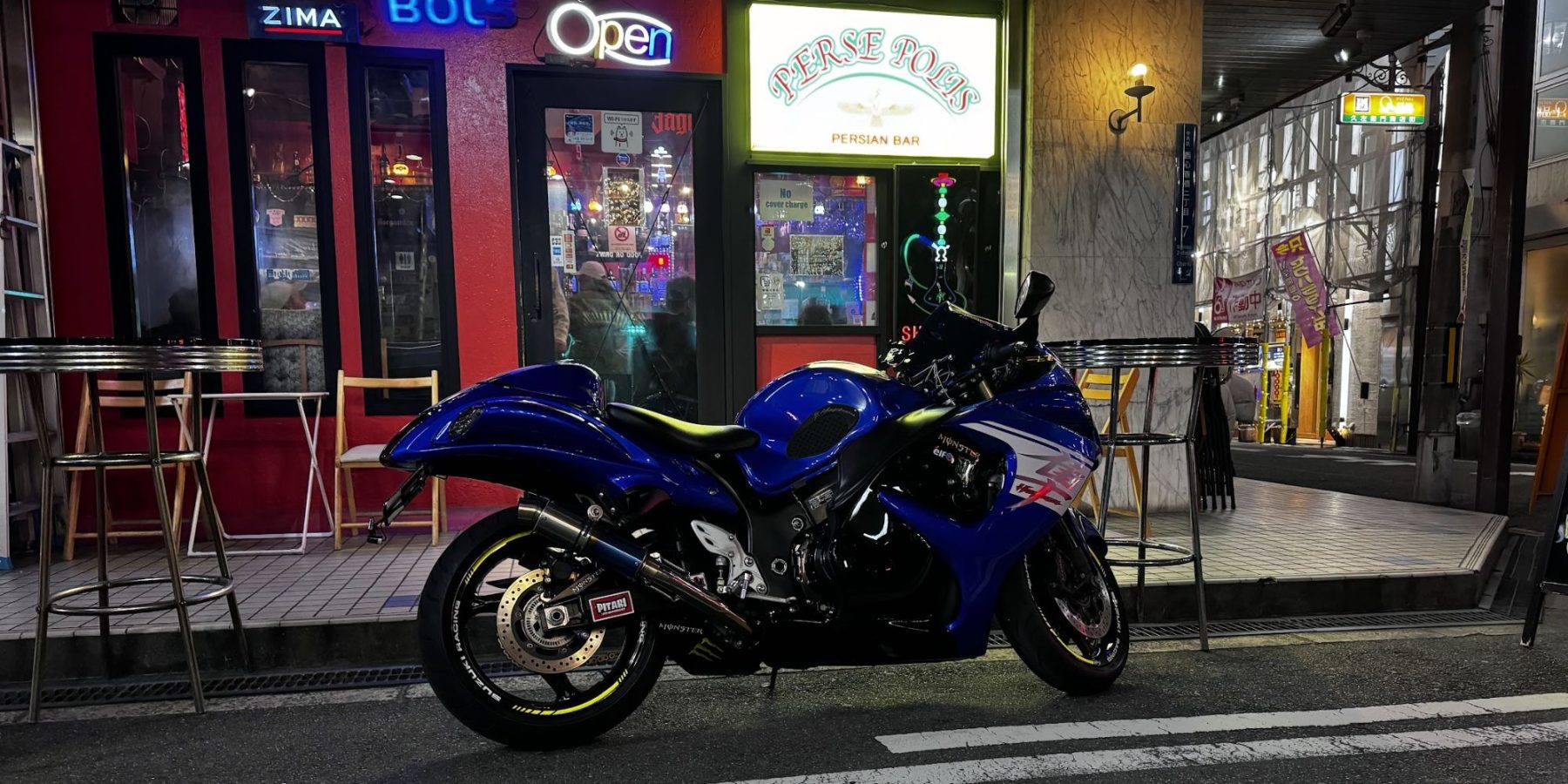
Aside from Rental819, you have Bike Rental Japan based in Osaka. They are a smaller operation than Rental819 but have a large range of bikes available from small Honda CT125 adventure scooters to monstrous Suzuki Hayabusa 1300cc sport touring bikes. They also offer guided tours throughout Japan.
Motorcycle Rental Kyoto
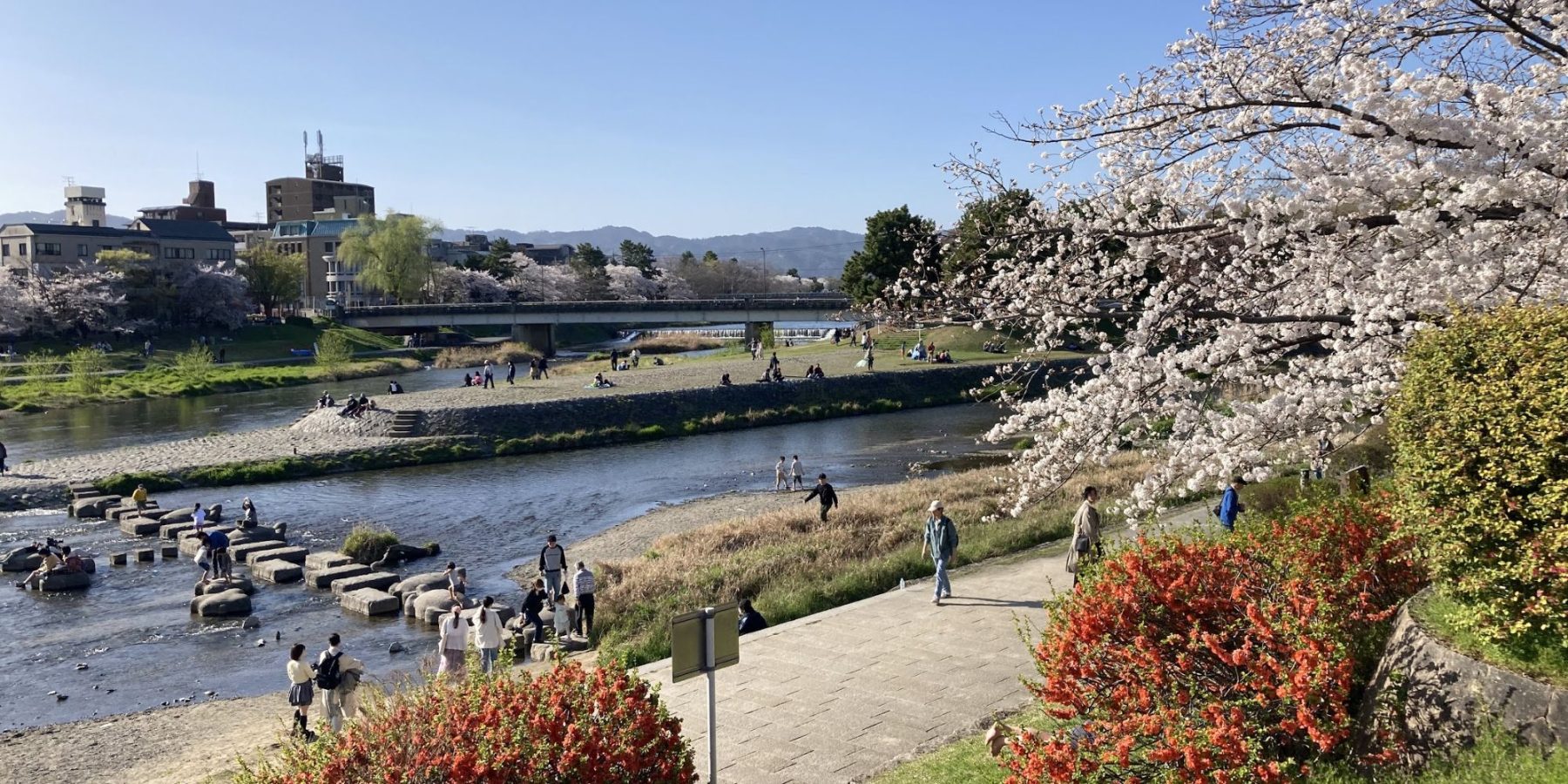
On my last visit to Kyoto I rented a Yamaha XSR700 through Rental819 from their Kyoto Jujo branch, which is right by a train station that connects to the central Kyoto station just a few minutes away.
Bike Rental Japan also services Kyoto, as they’re Kansai based, though their offices are in Osaka. Shoot them a note about picking up in Kyoto if you’re wanting to base out of this beautiful, ancient city.
Same advice I gave about choosing a shop on the outskirts in Tokyo applies here too, but doubly so because Kyoto has very few expressways. You will spend a lot of time riding light to light on your pickup and return day if you choose a rental shop in the city. Trust me, I learned this the hard way when I rented from Rental819 Kyoto Jujo!
Licensing Requirements
Before you can cruise through the neon lights of Osaka, the traditional temples of Kyoto or the absolute insanity of Tokyo on two wheels you need to ensure you meet the licensing requirements here. Japan is not a country that plays around when it comes to rules and regulations; if you’re missing one small thing, you may be out of luck.
As an international rider renting a motorcycle in Japan, here’s what you need:
International Driving Permit (IDP)
To rent a motorcycle in Japan, foreign riders must have a valid motorcycle license from their home country along with an International Driving Permit (IDP) that corresponds to the class of motorcycle they intend to ride. The IDP must be based on the 1949 Geneva Convention on Road Traffic, which Japan recognizes. Notably, IDPs based on the 1968 Vienna Convention are not accepted in Japan. The 1949 ones (valid) are only valid for 1 year from issuance, while the 1968 ones are valid for 3 years from issuance. Make sure you’re getting the right one.
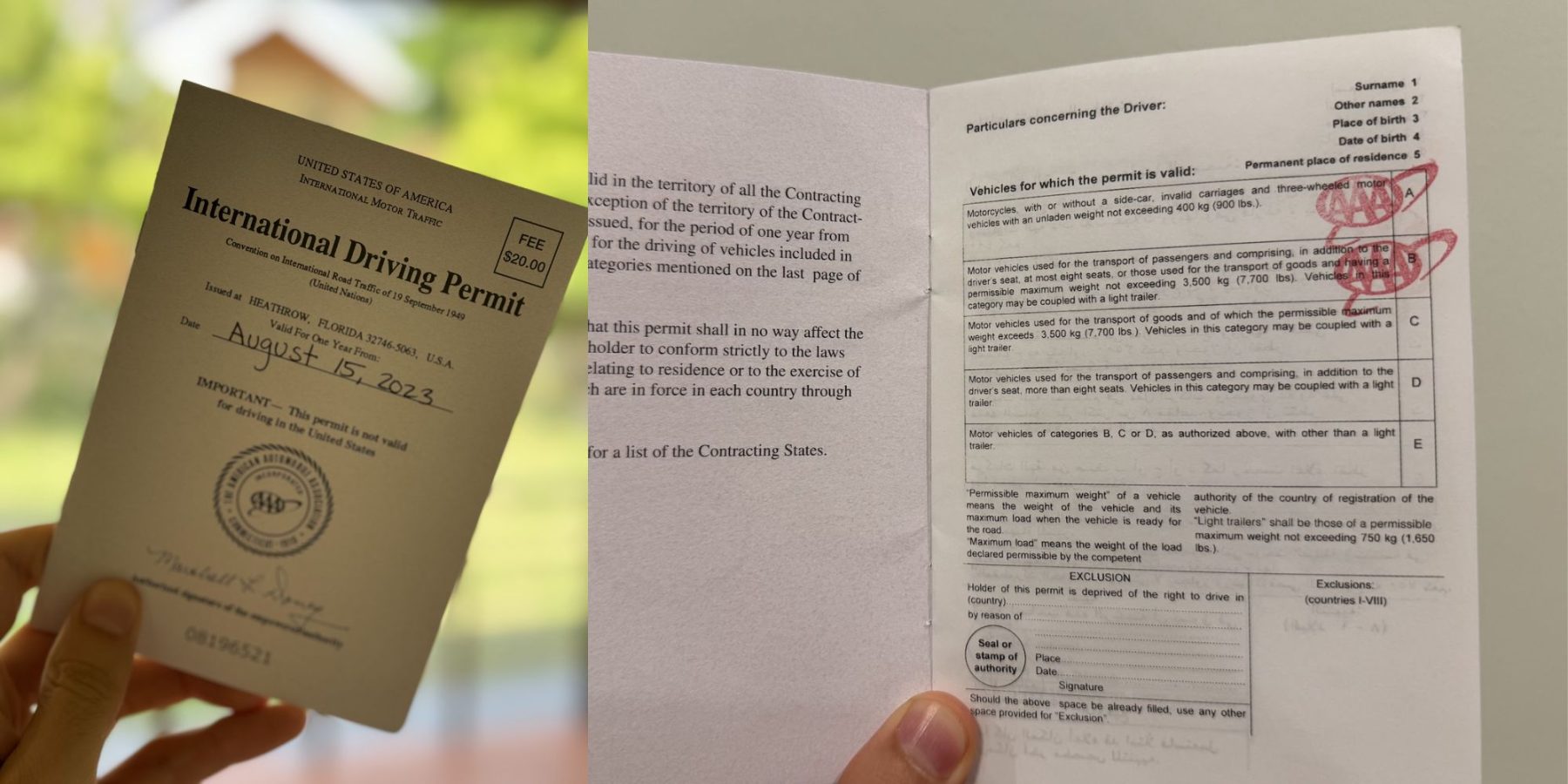
How to Obtain an IDP:
- Check Eligibility: Ensure your domestic motorcycle license is valid.
- Apply Before You Travel: You must obtain your IDP in the same country where your domestic license was issued. You cannot legally obtain an IDP once you are in Japan.
- Where to Apply: Typically, you can apply for an IDP through national automobile associations or other authorized motoring groups. For example:
- In the United States, you can obtain an IDP from the American Automobile Association (AAA) or the American Automobile Touring Alliance (AATA).
- In the United Kingdom, the IDP can be issued by the Post Office, the AA, or the RAC.
- In Australia, the Automobile Association (AA) provides this service.
- Required Documents: When applying, you’ll need to provide a completed IDP application form, your valid driver’s license, passport-sized photos, and a small fee.
Special Notes:
- Check the Motorcycle Class: Make sure that your IDP allows the operation of the class of motorcycle you plan to rent. Different countries categorize motorcycle classes differently, so verify that your IDP covers the specific type you intend to use in Japan.
- Carry Both Licenses: Always carry your domestic driver’s license along with your IDP when riding a motorcycle in Japan. Both may be requested by rental agencies or local authorities.
- Duration and Validity: An IDP is typically valid for one year from the date of issue. Ensure that your IDP will remain valid for the entirety of your trip. However, note that sometimes the IDP issuer will write a later start date on yours than the present day – I’ve had AAA do this in the past so that I could chain together two IDPs, essentially getting coverage for ~20 months from my last visit to AAA.
By ensuring you have the proper documentation, you can avoid any legal issues and fully enjoy your motorcycle adventure across Japan’s unique and scenic landscapes.
Type of Motorcycles Available for Rent
If you want it, Japan probably has it. Rental shops like Rental819 have Japanese and international models stationed all across Japan, so whether you want to ride a cruiser in Okinawa, a sportbike in Hokkaido, or a Monkey bike in Kyoto – you’re covered.
Here’s a quick rundown of the types of motorcycles available and their suitability for different regions and roads in Japan can enhance your riding experience:
Scooters

Scooters are a popular choice for getting around Japan’s metropolises like Tokyo, Osaka, and Kyoto for good reason. They’re small enough that you can park them pretty much anywhere (parking is a pain in Japan, more on that later) and you can navigating around city traffic easily. Road speeds are slow across the whole of Japan (like, 40kph slow), so a scooter is suitable for longer trips too – as long as you don’t mind taking it slow.
Be aware that scooters and motorcycles with 125cc and smaller engines are not allowed on expressways – in some cases that will completely change a ride or route.
Best For: Urban areas; perfect for quick trips around town or weaving through traffic. Suitable for longer trips if you’re going slow and not taking expressways.
Daily Cost: Expect to pay $15 – $60 USD per day for a scooter. The higher end will have 200-300cc scooters.
Standard and Sport Bikes

Standard and sport bikes are plentiful in Japan, ranging from ~250cc to 1000cc+, and are versatile for anything from city mazes to open road straightaways. Just depends what model you decide to ride, and what areas you take it. There are many classic bikes available as well, such as the neo-classic Honda GB350 single (only available in Japan).
Best For: Adventurous riders aiming for faster rides on highways or those seeking the thrill of Japan’s mountainous twists and turns, such as the famous Hakone Turnpike.
Daily Cost: Expect to pay $60 – $130 USD per day, depending on the model you choose.
Touring Motorcycles
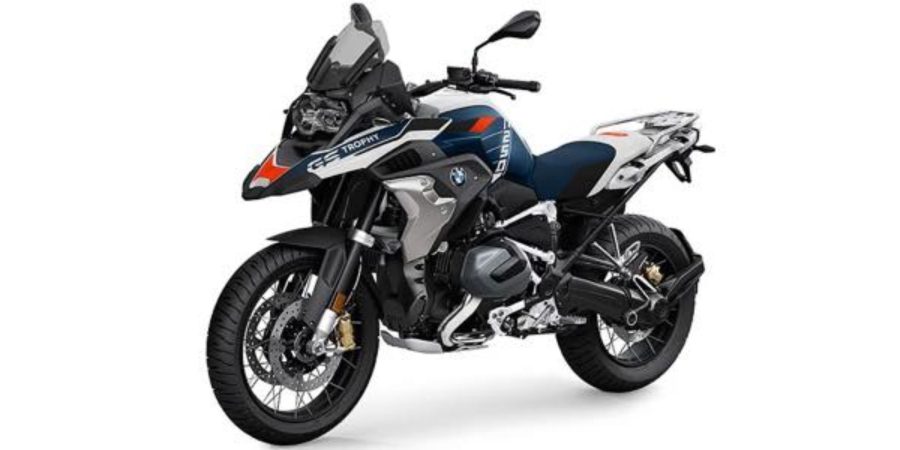
With larger engines and more comfortable setups, touring motorcycles are built for long distances. They often come equipped with amenities like saddlebags, comfortable seating, and advanced ride controls. You’ll find everything from BMW GS adventure tourers to Honda Goldwings and Harley Davidson Road Glides.
Best For: Long-distance explorations or riding with a passenger, particularly suited for touring the scenic routes like the coastal roads of Hokkaido or the historic landscapes of the Japanese Alps.
Daily Cost: Expect to pay $60 – $130 USD per day, depending on the model you choose.
Dual-Sport Motorcycles
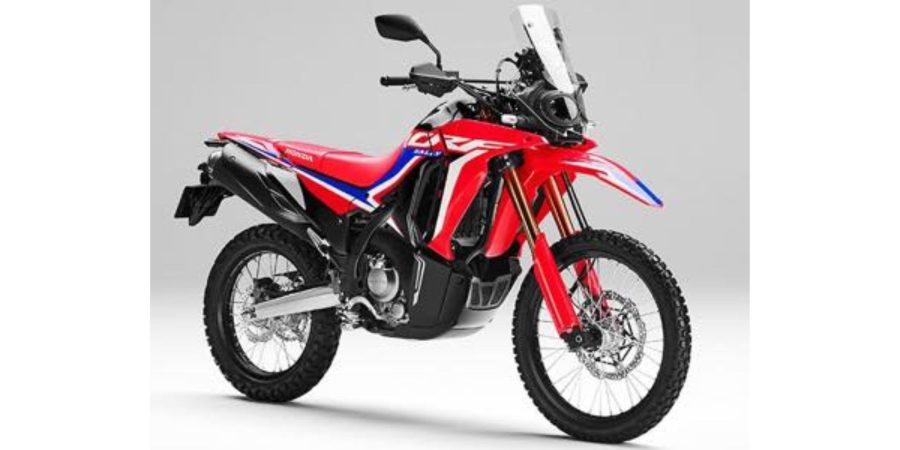
Dual-sport bikes like the CRF250 all the way up to the Husqvarna 701 are available in Japan and perfect for both on-road and off-road riding. They are an excellent choice for those planning to venture onto Japan’s less-traveled paths or rural areas. Be sure your rental agency knows you’re going off-road.
Best For: Riders looking to mix asphalt with trails. Great for exploring off-beaten paths in regions such as the forests of Otaru or Zenibako.
Daily Cost: Expect to pay $30 – $90 USD per day, depending on the model you choose.
Pick the right machine for your ride and you’ll have a much nicer journey through Japan. I’ve done it on a scooter and a 700cc – neither was the right machine. Next time I’ll do it on something in the 200-400cc range, or a Honda Monkey (because why not?!)
Costs for Motorcycle Rental in Japan
Renting a motorcycle in Japan is likely a lot cheaper than you imagined. Here’s how it all breaks down, from the type of bike you rent to duration and additional accessories to help you budget for your trip. For a full breakdown of what a motorcycle ride in Japan costs, check my ride report.
Average Rental Prices
- Scooters (50cc to 250cc): Typically range from ¥2,500 to ¥9,000 per day. ($15 – $60 USD)
- Standard and Sport Bikes (250cc to 1000cc): Prices generally start from ¥10,000 up to ¥22,000 per day. ($60 – $130 USD)
- Touring Motorcycles: Touring models from 200cc to 1000cc can cost ¥10,000 up to ¥22,000 per day. ($60 – $130 USD)
- Dual-Purpose Bikes: Expect to pay about ¥5,000 to ¥14,000 per day. ($30 – $90 USD)
Additional Costs
- Helmets and Gear: Some rental services include helmets for free, while others might charge from ¥200 to ¥1,000 per day. Additional gear like jackets and gloves may also be available for rent – you’ll just have to check with each shop. Also don’t assume all branches have the same services: smaller branches of Rental819, for example, do not have jackets, gloves, or any gear aside from helmets for rent.
- Phone Holders: Often you need to explicitly request these, but they’re cheap – from ¥100 to ¥200 per day if not free. I recommend you bring your own holder and install it on your rental, like I do with my Quadlock.
- GPS Units: For those planning extensive travel, renting a GPS can be crucial. Costs typically range from ¥500 to ¥1,000 per day.
- Side Cases and Extra Storage: For touring or longer trips, extra storage options like side cases can be rented for about ¥500 to ¥1,500 per day. Sometimes they are included with the bike at no extra charge.
- Insurance: Basic insurance is often included in the rental cost, but additional coverage for lower deductibles or more comprehensive protection can be added for an extra fee, usually around ¥800 to ¥2,000 per day.
- ETC Toll Card: Make sure you get this if there’s any chance you’ll get on the expressway! This makes it a breeze to ride through tolls – otherwise you’re fishing around for coins at every toll booth. Usually it’s free of charge to rent, but of course you’ll get a bill with the tolls you incurred.
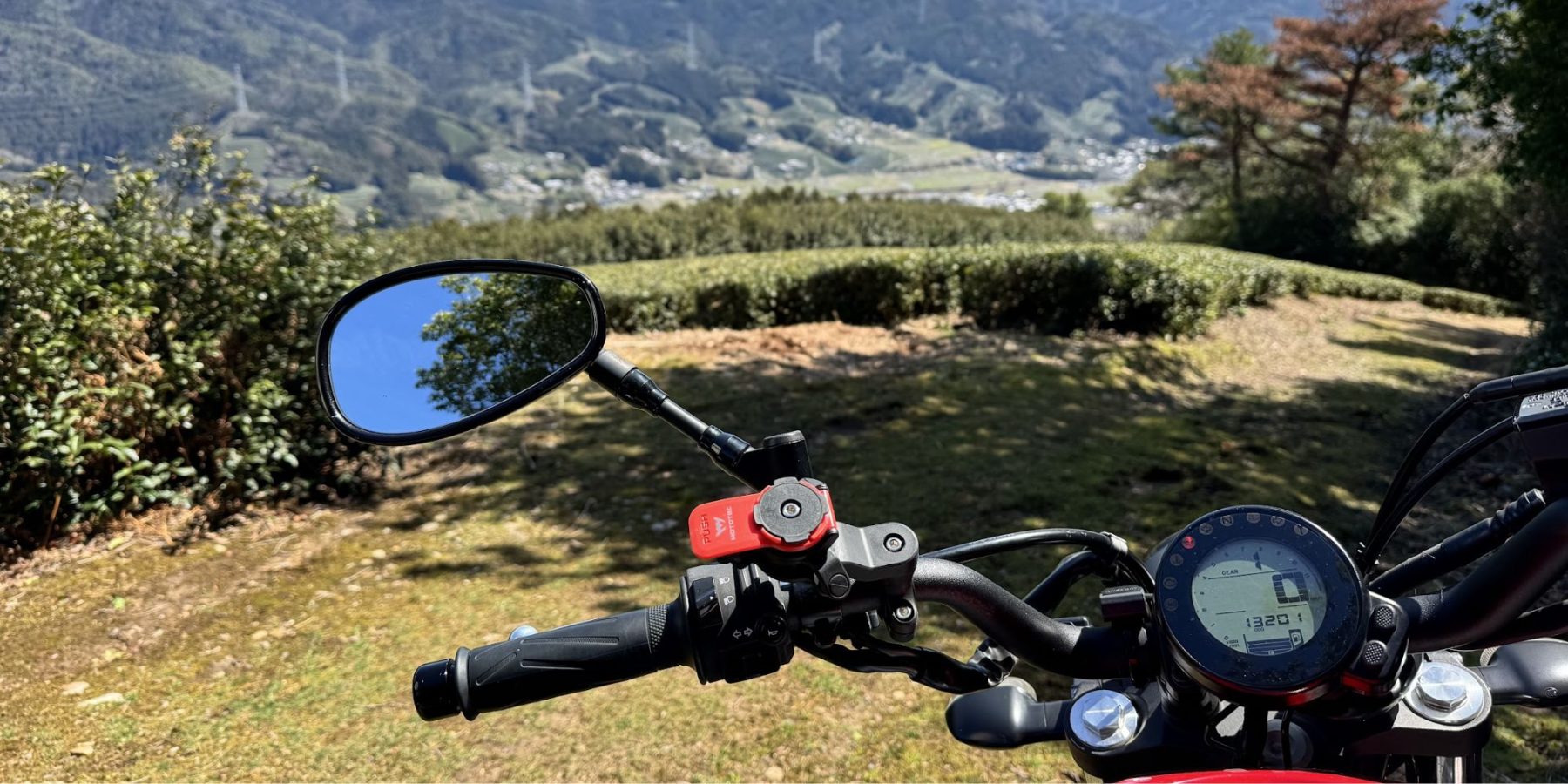
Tips for Getting the Best Deals
- Book in Advance: Especially during peak tourist seasons or around holidays, booking your motorcycle rental in advance can secure better rates and ensure availability.
- Compare Online: Use rental comparison websites to find the best deals across different rental companies.
- Long-Term Rentals: If you’re planning to ride for several days or weeks, look for deals on long-term rentals, which often come at a reduced daily rate.
- Check for Packages: Some rental companies offer packages that include gear, unlimited mileage, and insurance, which can be more cost-effective than paying for these separately.
- Ask About Loyalty Discounts: If you plan on returning or are renting multiple bikes, some companies offer discounts for repeat customers or multiple rentals.
By understanding these costs and planning accordingly, you can manage your budget more effectively so you can just enjoy Japan’s beautiful landscapes and roads. Keep these tips in mind to snag the best possible deal on your motorcycle rental.
Rental Process: How to Rent a Motorcycle in Japan
Renting a motorcycle in Japan involves several important steps. Understanding each part of the process ensures a smooth experience from start to finish.
Make sure you understand the whole process before you start making bookings. As I said earlier, Japan is not a place where you can skirt around rules easily.

Here’s a comprehensive guide:
Step 1: Choose a Rental Company
Look up reputable motorcycle rental companies in the area you plan to visit. Websites, reviews, and forums can be great resources to gauge reliability and customer satisfaction. Rental819 is likely the most well-known service – you can go direct to them with their English-language website (language toggle is at the top) and they have 100s of branches across Japan.
Step 2: Select Your Motorcycle
Based on your riding skills, route, and preferences, choose the type of motorcycle that best suits your needs (e.g., scooter, sport bike, touring bike). Don’t just get the biggest / fastest / coolest bike you can; keep in mind Japan’s roads can be very narrow, the traffic generally moves at slow speeds, and there’s a lot to see in a small area. Sometimes a smaller bike can be even more fun here.
Step 3: Gather Necessary Documents
Do not skip this step. Repeat after me: do. not. skip. this. step!
Bring these when you pick up your motorcycle.
- Your national motorcycle license: A license from your home country that certifies you are legally able to ride the class/size of motorcycle you’ve rented in Japan.
- International Driving Permit (IDP): You must have an IDP (1949 Geneva Convention) alongside your valid national motorcycle license. Make absolutely sure it has the stamp for motorcycles on it.
- Passport: A valid passport is required for identity verification. Every rental shop will ask for thi
- Credit Card: Most rental companies will require a credit card for the security deposit.
Also, understand the age restrictions. If you’re over 21, you won’t have any problems. But if you’re younger than that (first of all super badass that you’re about to ride in Japan) but check with the rental companies on what you are or are not allowed to rent. Don’t assume all is good and show up guns blazing to pick up a rental reservation – as you might be flat out denied!
Step 4: Choose Insurance Options
Basic coverage usually includes third-party liability and may cover theft or damage with a deductible. You can also add optional insurance for lower deductibles, comprehensive coverage, and personal accident insurance. Discuss these options with the rental company to understand the coverage limits and extra costs.
Step 5: Review and Understand the Rental Agreement
Read the rental agreement carefully. Pay attention to terms regarding rental duration, mileage limits, return policies, fuel policies, and penalties for late returns. Ask for this in advance so you don’t run in to surprises come pickup time.
Step 6: Inspect the Motorcycle
This is basic knowledge for any vehicle rental, but before taking possession of the motorcycle, inspect it thoroughly for any existing damages. I usually record a video while walking all the way around the bike to capture any little glimmer from existing scratches. Pictures work too, but sometimes you miss an important angle.
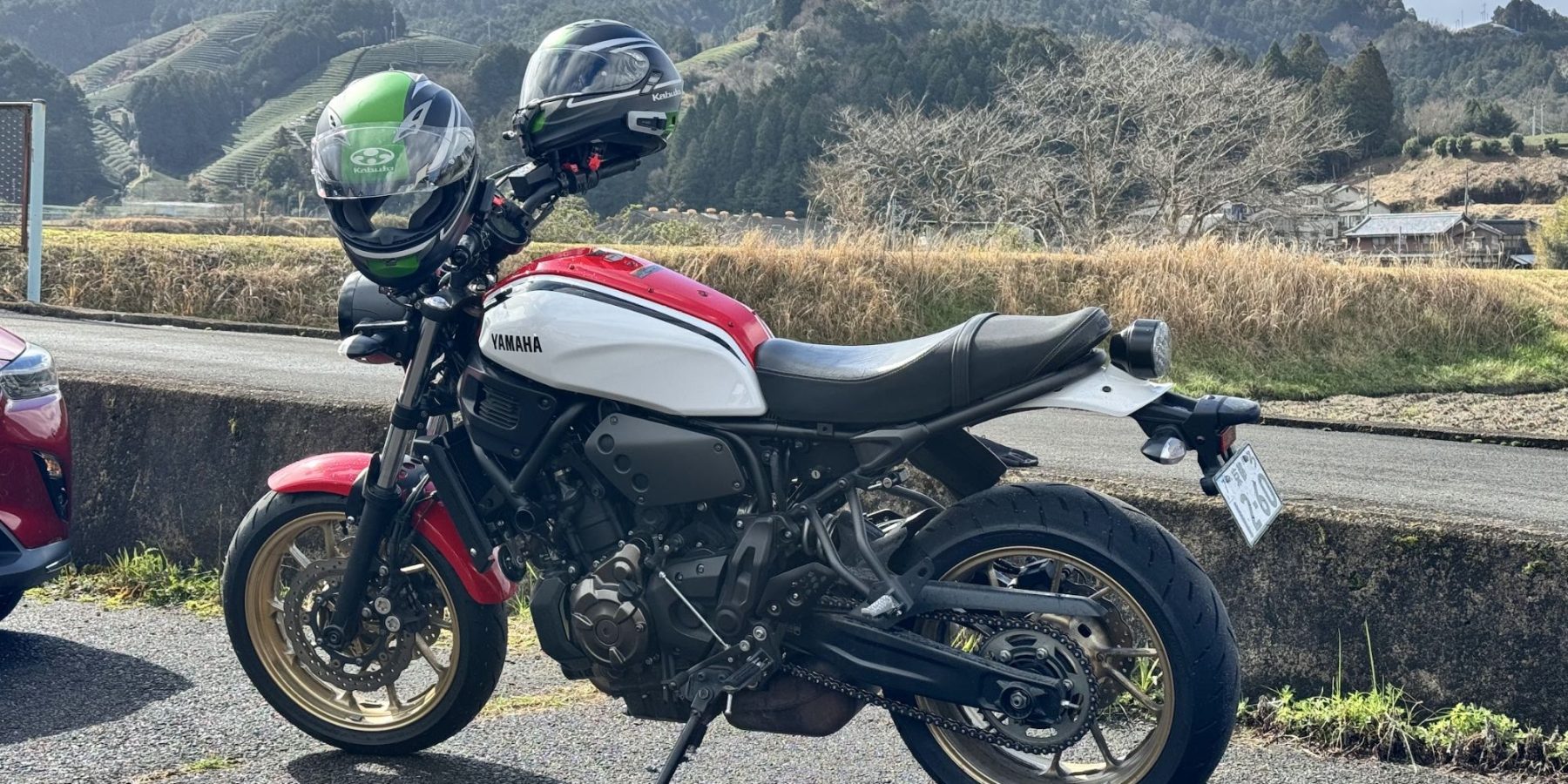
Also, ensure that basic functionalities such as brakes, lights, and indicators are working properly. Check the fuel tank too and make sure you understand how much fuel you need to return the bike with. Rental shops often charge a hefty surcharge if they have to top up the tank for you.
Step 7: Pay Security Deposit
The security deposit can range widely, usually from ¥10,000 to ¥50,000 ($60 – $300 USD), depending on the motorcycle type and rental duration. This is often held on your credit card and released upon safe return of the bike.
Step 8: Hit the Road
Collect the keys and any documents the rental shop gives you (Rental819 gave me a veritable novella last time I rented) and keep these safe throughout your trip. Don’t forget any of the extras (phone holder, GPS, saddlebags), or your ETC toll card!
That should make your motorcycle rental experience in Japan completely hassle-free.
Road Rules and Etiquette in Japan
It’s better you know these now (especially #1) so you know what you’re getting in to with a ride in Japan. Overall this country is incredible for riders, from the pristine road conditions to twisty mountain passes and beautiful small towns dotted throughout the islands. However, there are few things you need to know to make your journey safe and enjoyable.
Driving on the Left
Traffic Direction: In Japan, driving is on the left side of the road, opposite to what you may be used to (like my American brothers). Keep to the left in your lane and use the right side for overtaking only. Ensure you’re comfortable with this arrangement, especially at intersections and roundabouts.
Speed Limits
Urban areas typically have speed limits of 40-50 km/h, while expressways can range from 80-100 km/h. Always observe local speed limit signs as they can vary depending on the area. Be aware that motorcycles under 125cc are not allowed on expressways.
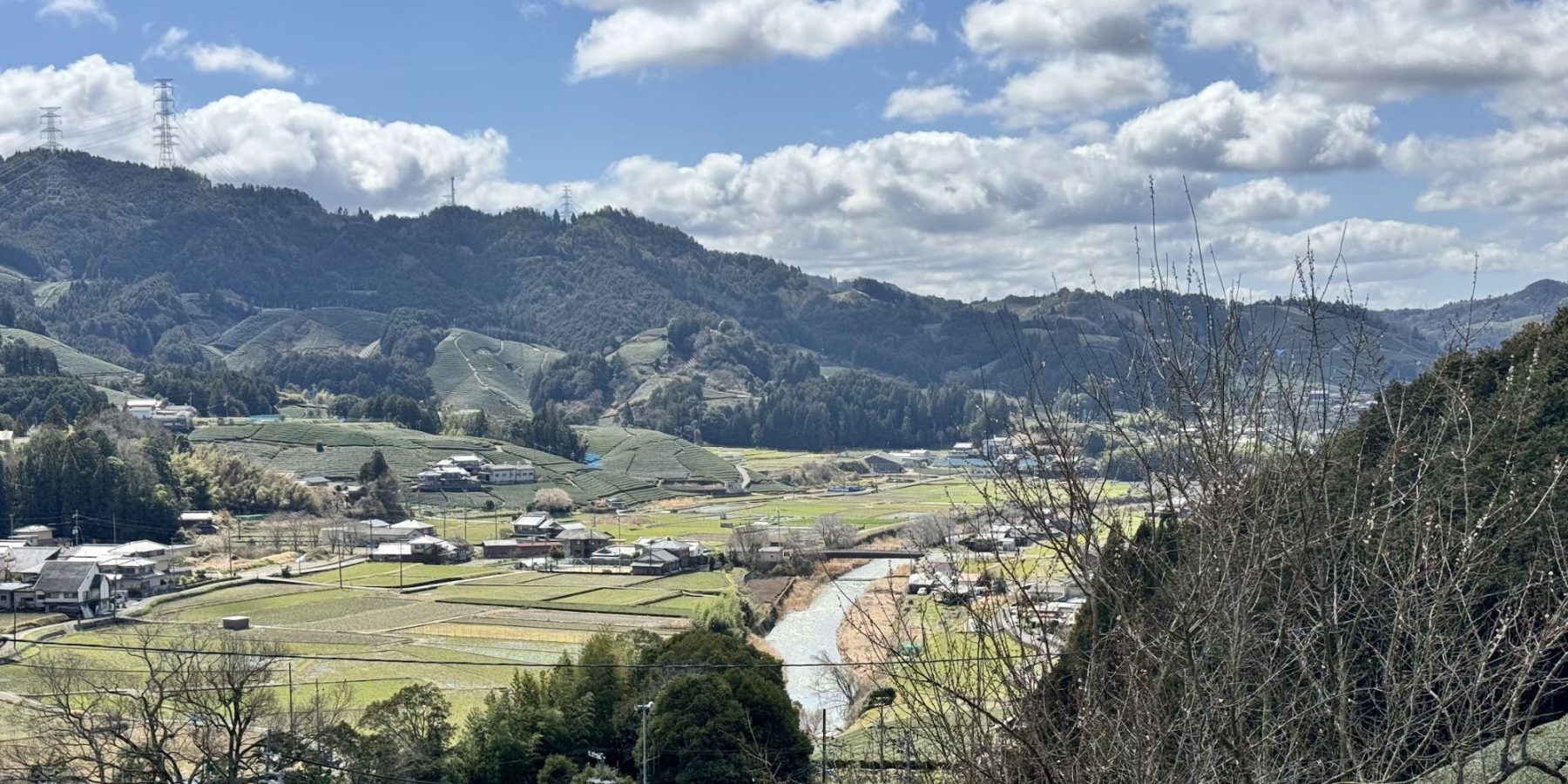
Parking
You cannot park wherever you want in Japan, unfortunately. Look for designated bicycle / motorcycle parking areas and pay the (low) fees to park there. Many of these lots have tons of space for bicycles, a bit for 125cc and under motorcycles, and a few for big bikes.
Parking is only really an issue within major cities like Tokyo, Osaka, and Kyoto. Outside you’re more likely to be okay with an “anything goes” parking style.
Expressway Tolls
Motorcycles are subject to tolls on expressways. Tolls can be paid at manned booths or via automated machines. Carrying a toll card or electronic toll collection (ETC) device makes this much easier.
Petrol Stations
Many stations are full-service, where attendants will fuel your bike. Simply open your fuel tank upon arrival and let the attendant know how much fuel you need. To check if they take credit card, just say “Card-o”.
At self-service stations, follow the instructions on the pumps, which are often also available in English. Or, you can Google Translate with your phone’s camera (make sure you have internet access!)
Emergency Information
Be safe out there. Dial 110 for police assistance. Dial 119 for medical emergencies or fire.
Useful Japanese Phrases
Never hurts to have these in your back pocket.
- Thank you: “Arigato gozaimas”
- Asking for Help: “Tasukete kudasai” (Please help me)
- Finding a Petrol Station: “Gasorin sutando wa doko desu ka?” (Where is a gas station?)
- Road Directions: “___ e no michi o oshiete kudasai” (Please tell me the way to ___.)
- Reporting an Accident: “Jiko ga okimashita” (An accident occurred)
Still have more questions?
Japan is one of the best places to ride in the world, but it’s not well known. I’m working on a comprehensive guide to riding a motorcycle in Japan, including pre-planned routes, packing guidance, and rental deals – if you’re interested, let me know on the page below.
You can always get in touch with me at [email protected] as well – I’m happy to help.
Related

Adventure Bike Guide for Riders Over 40: Choosing Your First Bike
Thinking about joining the adventure scene? Forget everything you think you know about choosing a bike. Go light, ditch the hype and learn from my mistakes to choose the perfect bike for you.


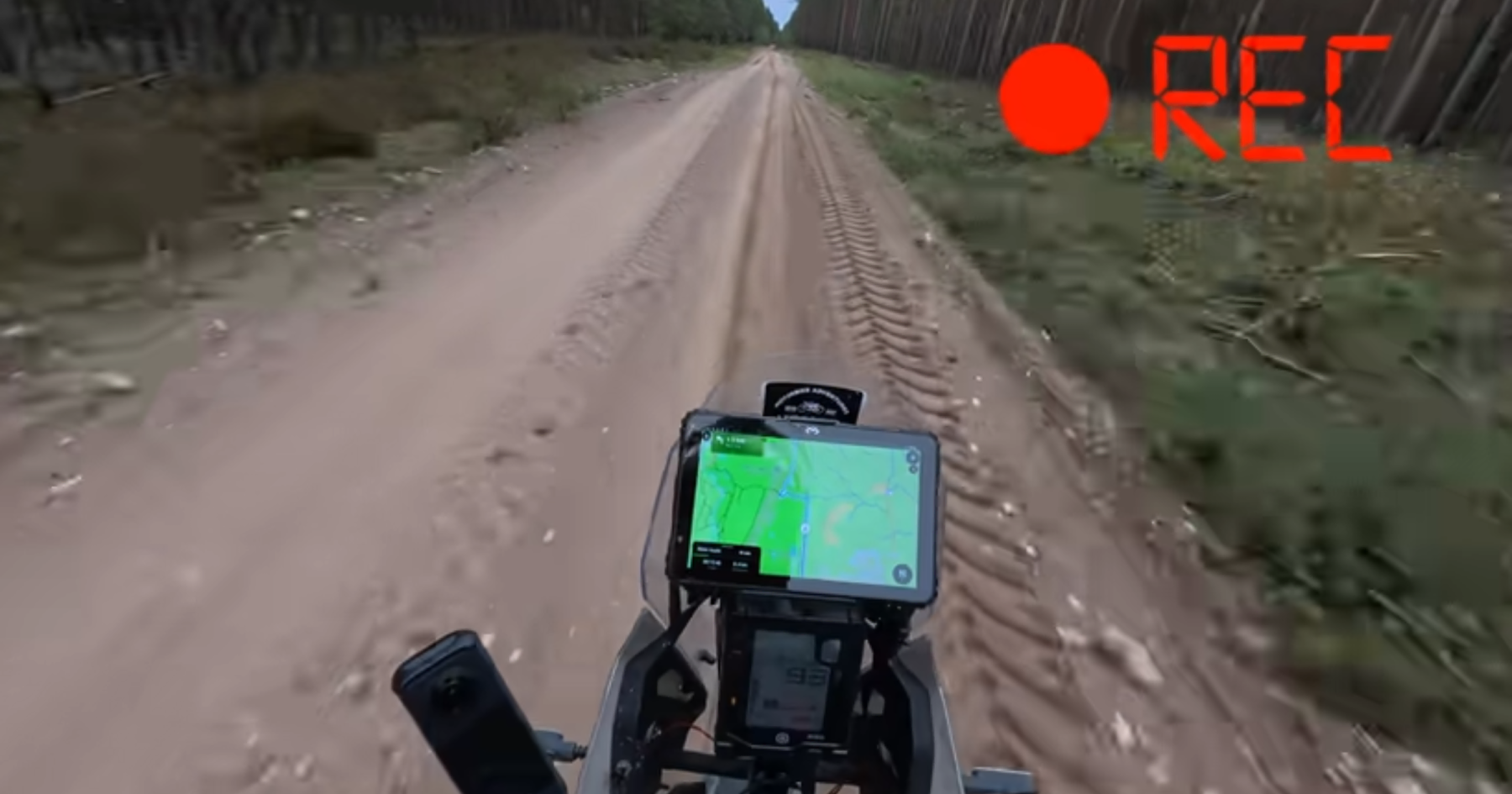
Muhammad Isom Azis
1 year ago
1. If I rent in Osaka and start my riding to end in Tokyo, where do I have to return the motorcycle
2. Rental rates for a BMW R1250 GS motorcycle per day
3.I will rent this motorcycle in 14 days
Evan Rally
1 year ago
I don’t believe Rental819 does Point A to B rentals, but Bike Rental Japan (also mentioned in the article) may accommodate. Prices are on the website for Rental819 here (https://www.rental819.com/price) and a GS1250 or 1300 is about 21,000 yen per day (about $130/day). For 14 days that’s $1820. Bike Rental Japan doesn’t appear to have any 1250GS but they do have R1200 and 800GS, price quotes available on request. I hope that’s helpful!
Kete Go Cedenio
11 months ago
Kindly help me get in touch with motorcycle rentals in Japan, can I have their email please. It is my first tour of Japan on motorbikes. I would also thank you a million for the guides you are working on. I am from the Philippines.
Evan Rally
10 months ago
I think you emailed me already, hello Kete!
Alex
10 months ago
Thank you for the great article!
Do you know if it’s possible to take a pillion with you on the bike and maybe to rent a secon helmet for them?
Evan Rally
10 months ago
Yes this is definitely possible, just request it when you are renting. I did this on my latest trip and it was no problem at all.
Major Bhasker Khosla
10 months ago
Wow .. Evan you have nailed every tiny detail.. respect 🙏
I am Major Bhasker from India intend to ride solo or if possible with a group in month of oct or nov flexible with dates 1to 15 October or 1 to 15 Nov please guide if you can I shall be honored
Regards Major Bhasker Khosla
Evan Rally
10 months ago
Wow, thank you for the kind words! I hope you have a wonderful trip. If you have any further questions about renting in Japan or want some suggestions on routes, please send me some more information about your trip plan over email: [email protected] – happy to help.
Dave
10 months ago
Hi, I am 75 and I noted that people over 70 cannot hire a car in Japan. Does the same apply to scooters or bikes? Thanks
Evan Rally
10 months ago
Wow I have not heard of that rule. I am not sure if it applies – you may want to contact [email protected] – they have English speaking staff who could answer that. Let us know what you find out!
Arnaud
10 months ago
Very interesting – thanks for all those informations!
Can you please help with rental shop adresses where I could find a sidecar?
I’m riding around the World with my two Dogs – The Golden’Sis –
planning to ride around Japan next spring for three months…ideally with a sidecar
Evan Rally
10 months ago
That is amazing! I have never seen a sidecar for rent on bikes in Japan, but Rental819 ([email protected]) is where I would start. You also might want to contact Moto Tours Japan. https://www.mototoursjapan.com/inquiry/
Anthony Zandvliet
10 months ago
Thankyou ( Arigato) awesome information for hiring motorcycles in Japan. Much appreciated. Look forward to reading your riding guides. Regards Anthony – Brisbane Australia.
Karthik Sundar
9 months ago
Great Content! I am planning to rent a 110cc scooter to ride around Kyoto. I will prepare for designated parking spots. In your experience, is Kyoto manageable to drive in the city ? I have a IDP and a motorcycle license from Canada
Evan Rally
8 months ago
Awesome! Yes Kyoto is pleasant to drive in on a small vehicle. Speeds are not very fast in the city. I was in 1-2 gear the entire time I was in central Kyoto on the XSR700. Make sure your IDP is the right one for Japan – I have heard they only honor the 1949 Convention IDP, NOT the 1969 one.
Willie
8 months ago
Hi do have scooter for rent at/near Mt Fuji kawaguchigo
As I will be at kawaguchiko on 21-24 November 24 ..
Evan Rally
8 months ago
Hello! We don’t rent motorcycles ourselves, but you can check with Rental819 – there are a few branches on the outskirts of Tokyo like this one, near Kawaguchiko. https://maps.app.goo.gl/BRxYcxUcRfrRQ16V8
I love that town. Ride on the roller coasters, they’re worth it!
Don
8 months ago
Hi, is it allowed to have a passenger on the bikes?
Evan Rally
8 months ago
Yes, but subject to some restrictions. You need to have your motorcycle license for over 1 year for normal streets and 3 years for expressways, and the engine must be over 51cc (so not a tiny scooter). I took my girlfriend on the back of the bike for 5 days in Kyoto and never had any problems. The rental shop knew she was on the back too and they never said anything or checked for any additional documentation. I have had my motorcycle license for 4 years, however.
Casey
8 months ago
Is pillion allow on the rentals?
Evan Rally
7 months ago
Yes, I’ve done this before and never had an issue. Make sure you let the know ahead of time so they can reserve the right number and size of helmets.
Novie M.
8 months ago
Hi. Can you please suggest to us a circuit where at the same time we can rent a motorcycle? in Tokyo… Thank you very much in advance.
Evan Rally
7 months ago
I would recommend reaching out to California Superbike School in Japan, I’m not sure if they’re still offering this at Tsukuba circuit but they might be able to point you in the right direction even if they don’t offer rental at the circuit. http://www.css-jp.com/ENG/
Joony
7 months ago
Hi, I will rent a motobike in Fukuoka at 819 rental shop but I also want to rent gloves and shoes or and so on. Is there any good place to rent them in the city of Fukuoka?
Evan Rally
7 months ago
Hey! As for rental, some shops may be willing to rent these items but each Rental819 location is different, so you’ll have to ask their support and specify the shop you’ll rent from. Many Rental819 locations are attached to dealerships/gear shops where you can buy gear right there, and I’ve found the prices to be reasonable. I kicked myself for buying and bringing my own gloves and boots to Japan last time, as they were cheaper in the Rental819 store.
enrico beetz
7 months ago
Guten Tag,
ich möchte 2026 für 3 Monate mit eine Honda super cub 125 gern Rundreise durch japan machen.
Hat da jemand eine Empfehlung wo ich die mieten kann ich finde niemanden… nur pcx und co.
Evan Rally
7 months ago
Hallo, Rental819 wird an einigen Standorten Super Cub 125 verfügbar haben. Sie können alle verfügbaren Super Cub 125 unter diesem Link sehen und Sie können die Website mit der Schaltfläche oben ins Englische übersetzen oder Ihren Browser verwenden, um ins Deutsche zu übersetzen. https://www.rental819.com/search?area=null&pref=null&shop=null&start_date=null&end_date=null&maker=1&type=9&exhaust=2&year=null&class=2
Eph
7 months ago
This is really helpful, super detailed and covers all bases – thanks mate!!
Daniela
6 months ago
Are there any oneway rental companys? We will come to Japan in September and want to start in Tokyo and give it back in Kyoto.
Thank you in advance. Your HP is very informately.
Daniela
Evan Rally
6 months ago
Your best bet is likely https://bikerentaljapan.com/
Unfortunately Rental819 is all franchised so I don’t think anyone will do this for you, but you may want to reach out to their English customer service anyway to see if there is an option: [email protected]. Given the size and popularity of Tokyo and Kyoto, there may be a system for one-way rentals between them. Enjoy your trip!!
KC
6 months ago
1) Which bike rental allows to rent from point A and return at point B?
Eg: rent from osaka and return in kyoto?
2) beside osaka, Tokyo and kyoto, anywhere else can I rent bike in japan?
Evan Rally
6 months ago
Hello Karen! Check out my response to Daniela just now in these comments about the A to B question. Although specifically with Osaka and Kyoto, they are so close that just riding back to the original store and taking a train to the other city is not a bad option. For instance, the Kyoto Jujo Rental819 location is 1 stop away from the main Kyoto station. A bullet train from there gets you to Osaka in literally 15 minutes.
As for other cities, Rental819 has 98 stores across Japan, from Hokkaido down to Okinawa and everything in between. I highly recommend them, very professional outfit with well-maintained bikes. Here are all their locations: https://www.rental819.com/shop/shopList
Frank
6 months ago
Hey Evan,
Thanks for the useful tips! I want to rent motorcycle with a passenger in Kyoto, most likely Rental819. Do I need to bring my own helmet and riding outfit or I can rent them as well?
Evan Rally
6 months ago
Thanks Frank! For the helmet you should be fine, just request an extra helmet with your rental. I was able to do this with no problem (maybe a small extra charge, I don’t remember) at Kyoto Jujo Rental819. However, note that most Rental819 shops do not rent jackets, gloves, pants, boots etc – a few do, but you have to contact that location to ask. I know the Kyoto Jujo location is attached to a gear shop (I was just there a few weeks ago) so if you do want to buy gear, they have a lot on site.
Harry
6 months ago
Hi Evan if local license only allows me to ride up 400 cc. but I am over 25 years can I rent take bigger bikes in Japan. Since their license classing is classified by age?
Evan Rally
5 months ago
This is just speculation, but my guess is that you would be okay, because (if I remember correctly) the store only looked at my International Driver’s Permit (which only has Y/N for motorcycles). But, I would check with Rental819 directly. They may have paid no attention to my license because I am American, and we don’t have any class restrictions (ride that liter bike right out of your training course, go for it!)
Alex
2 months ago
Great article!
Could you tell me if the prices on rental819.com are the final price or is there any insurance on top of it?
Unfortunately I can’t register to see the final price, since I don’t have a japanese phone number yet.
Greetings
Alex
Evan Rally
2 months ago
I believe that’s the final price. If I remember correctly from the last time I rented, they sent me a full price quotation when I made the reservation through their site. I wasn’t required to have a Japanese phone number to do that.